
Visual art of the United States or American art is visual art made in the United States or by U.S. artists. Before colonization, there were many flourishing traditions of Native American art, and where the Spanish colonized Spanish Colonial architecture and the accompanying styles in other media were quickly in place. Early colonial art on the East Coast initially relied on artists from Europe, with John White the earliest example. In the late 18th and early 19th centuries, artists primarily painted portraits, and some landscapes in a style based mainly on English painting. Furniture-makers imitating English styles and similar craftsmen were also established in the major cities, but in the English colonies, locally made pottery remained resolutely utilitarian until the 19th century, with fancy products imported.
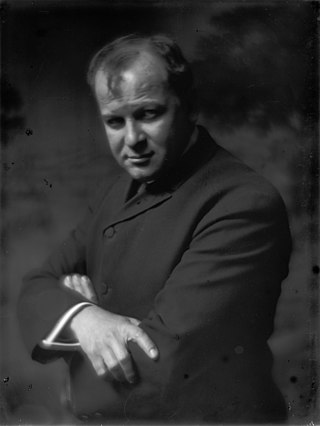
George Benjamin Luks was an American artist, identified with the aggressively realistic Ashcan School of American painting.
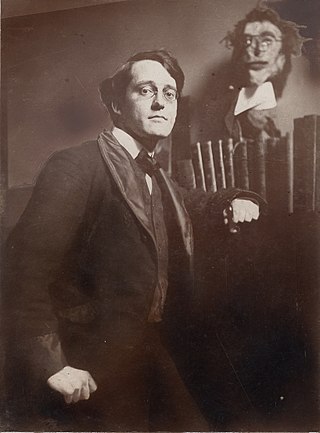
John French Sloan was an American painter and etcher. He is considered to be one of the founders of the Ashcan school of American art. He was also a member of the group known as The Eight. He is best known for his urban genre scenes and ability to capture the essence of neighborhood life in New York City, often observed through his Chelsea studio window. Sloan has been called the premier artist of the Ashcan School, and also a realist painter who embraced the principles of Socialism, though he himself disassociated his art from his politics.

The Ashcan School, also called the Ash Can School, was an artistic movement in the United States during the late 19th-early 20th century that produced works portraying scenes of daily life in New York, often in the city's poorer neighborhoods.
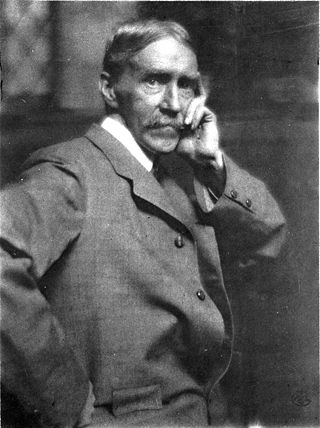
Maurice Brazil Prendergast was an American artist who painted in oil and watercolor, and created monotypes. His delicate landscapes and scenes of modern life, characterized by mosaic-like color, are generally associated with Post-Impressionism. Prendergast, however, was also a member of The Eight, a group of early twentieth-century American artists who, aside from Prendergast, represented the Ashcan School.

George Wesley Bellows was an American realist painter, known for his bold depictions of urban life in New York City. He became, according to the Columbus Museum of Art, "the most acclaimed American artist of his generation".

Robert Henri was an American painter and teacher.
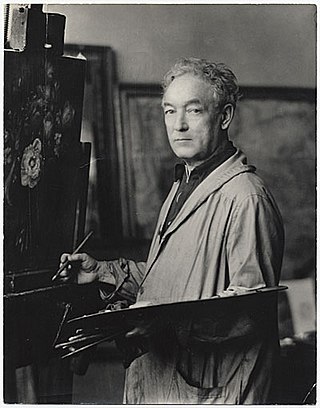
William James Glackens was an American realist painter and one of the founders of the Ashcan School, which rejected the formal boundaries of artistic beauty laid down by the conservative National Academy of Design. He is also known for his work in helping Albert C. Barnes to acquire the European paintings that form the nucleus of the famed Barnes Foundation in Philadelphia. His dark-hued, vibrantly painted street scenes and depictions of daily life in pre-WW I New York and Paris first established his reputation as a major artist. His later work was brighter in tone and showed the strong influence of Renoir. During much of his career as a painter, Glackens also worked as an illustrator for newspapers and magazines in Philadelphia and New York City.

Ernest Lawson was a Canadian-American painter and exhibited his work at the Canadian Art Club and as a member of the American group The Eight, artists who formed a loose association in 1908 to protest the narrowness of taste and restrictive exhibition policies of the conservative, powerful National Academy of Design. Though Lawson was primarily a landscape painter, he also painted a small number of realistic urban scenes. His painting style is heavily influenced by the art of John Henry Twachtman, J. Alden Weir, and Alfred Sisley. Though considered a Canadian-American Impressionist, Lawson falls stylistically between Impressionism and realism.

Mathias Joseph Alten was a German-American impressionist painter active in Grand Rapids, Michigan.

Everett Shinn was an American painter and member of the urban realist Ashcan School.

Elsie Driggs was an American painter known for her contributions to Precisionism, America's one indigenous modern-art movement before Abstract Expressionism, and for her later floral and figurative watercolors, pastels, and oils. She was the only female participant in the Precisionist movement, which in the 1920s and 1930s took a Cubist-inspired approach to painting the skyscrapers and factories that had come to define the new American landscape. Her works are in the collection of the Whitney Museum of American Art, the Houston Museum of the Fine Arts, the Fine Arts Museums of San Francisco, the James A. Michener Art Museum in Pennsylvania, and the Columbus Museum of Art, among others. She was married to the American abstract artist Lee Gatch.
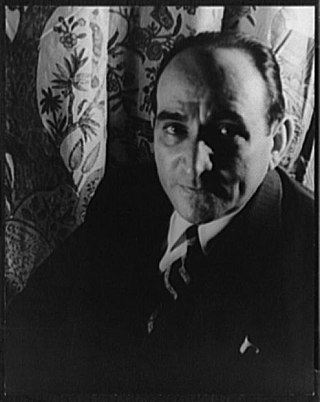
Maurice Sterne was an American sculptor and painter remembered today for his association with philanthropist Mabel Dodge Luhan, to whom he was married from 1916 to 1923.

Patrick Tuohy was an Irish portrait, narrative, and genre painter.

Leopold Gould Seyffert was an American artist. Born in California, Missouri, and raised in Colorado and then Pittsburgh, his career brought him eventually to New York City, via Philadelphia and Chicago. In New York the dealer Macbeth established him as one of the leading portraitists of the 20th century and his over 500 portraits continue to decorate the galleries, rooms and halls of many of America's museums and institutions.

Joseph Brummer was a Hungarian-born art dealer and collector who exhibited both antique artifacts from different cultures, early European art, and the works of modern painters and sculptors in his galleries in Paris and New York. In 1906 he and his two brothers opened their first gallery in Paris, the Brummer Gallery. At the start of World War I, they closed the gallery and moved to New York City. Joseph alone opened his next gallery in 1921 in Manhattan.
Gertrude Tiemer Wille was an American painter, photographer, and poet. Tiemer achieved her greatest notoriety for inter-dimensional, multi-exposure photography. Her paintings of landscapes, still lifes, portraits, and other pieces adopted both the realist and abstract styles of art. Tiemer exhibited her work at galleries in Maine, New York City, and other venues throughout the U.S. and internationally.

Henry Rankin Poore (1859–1940) was an American painter and illustrator, known for incorporating human and animal figures into his landscape and genre paintings. He was also a lecturer and critic, and a prolific author on art and composition.

C.K. Chatterton (1880–1973) was an American artist whose oils, watercolors, and gouaches, painted in realist style, showed the houses and streets of villages, towns, and harbors of upstate New York and the Maine coast. Critics said his work possessed directness and candor as well as an ability to capture the play and pattern of light. One of them praised his "power to find in narrow streets with trolley cars and railway culverts something stimulating in design and warm with a sense of human living." His paintings were, another wrote, "smiling without falsification of sentimentality."

Edmund Archer (1904–1986) was an American artist best known for his portraits of African Americans. He was born in Richmond, Virginia, to parents who were both culturally and socially prominent in that city. Having taken an early interest in painting, he took art classes continually from childhood into his adult years. His long career included periods spent in Richmond, Paris, New York, and Washington, D.C. In addition to painting, he served as an assistant curator at the Whitney Museum of American Art and an instructor at the Corcoran School of Art. His portrait style tended toward a poster-like flatness early in his career and later toward a more traditional modeled style. He painted with a high degree of realism throughout his career and rarely experimented with any degree of abstraction. Galleries and museums gave him frequent exhibitions and both individual and institutional collectors provided him with income from sales. In 1938, a critic said he was then considered to be "one of the best of the young artists in the United States". A few months later, another critic credited his success to hard work: "Edmund Minor Archer has had advantages. His success story is no Horatio Alger tale. It is a story of an earnest and deeply talented artist who has worked and studied in humility and devotion, and has early reached the top, hard step by hard step".



















